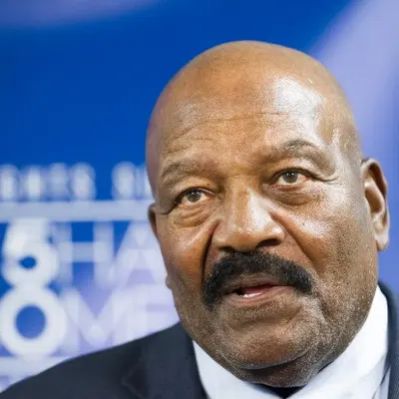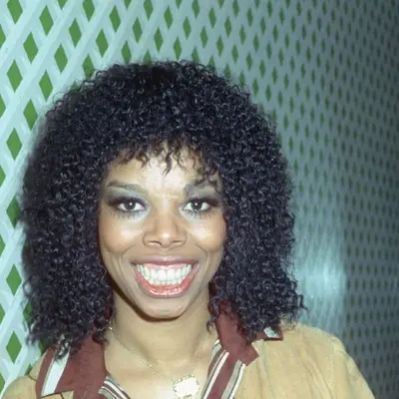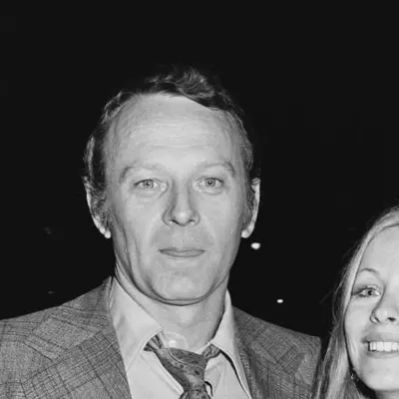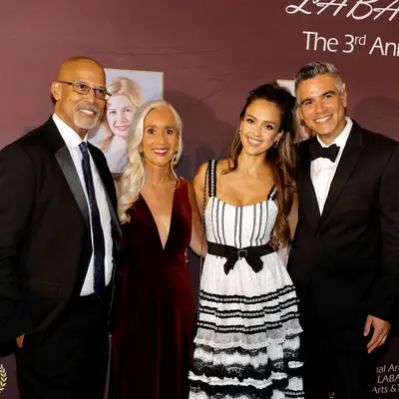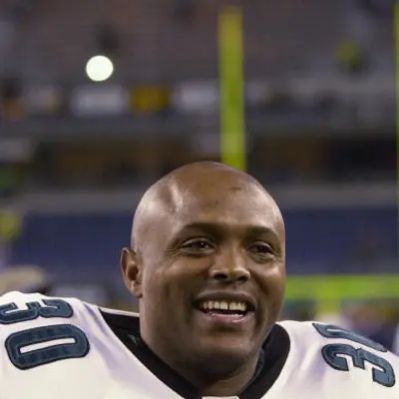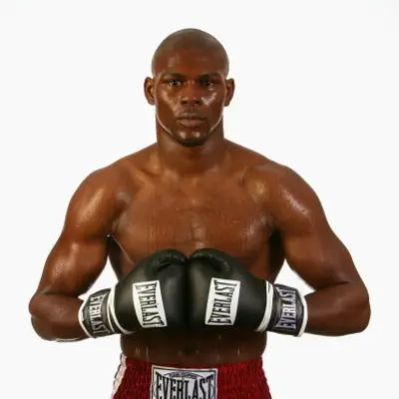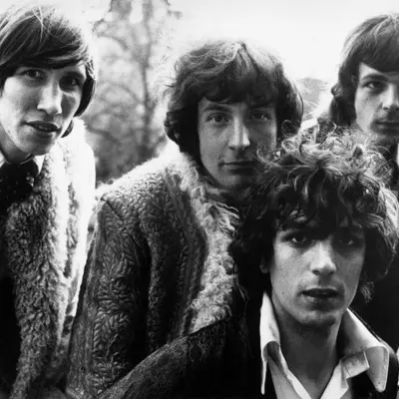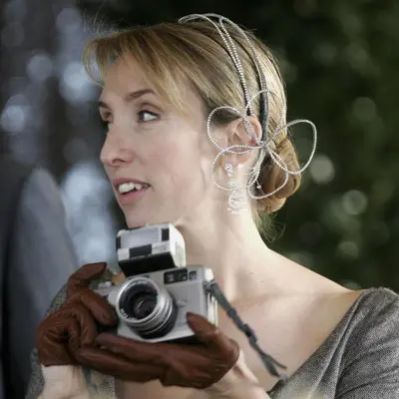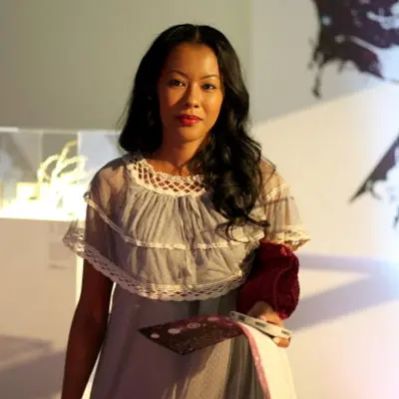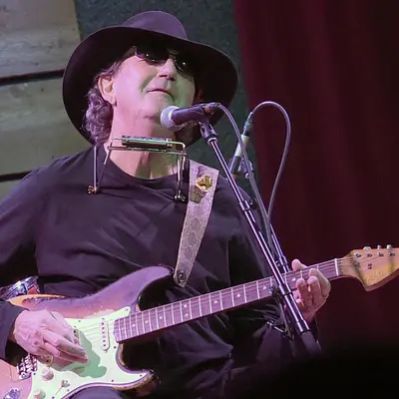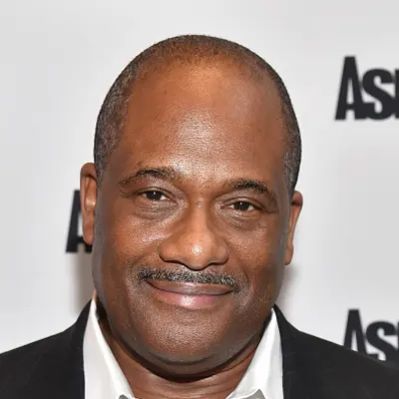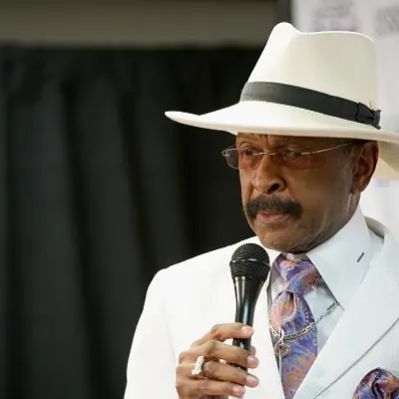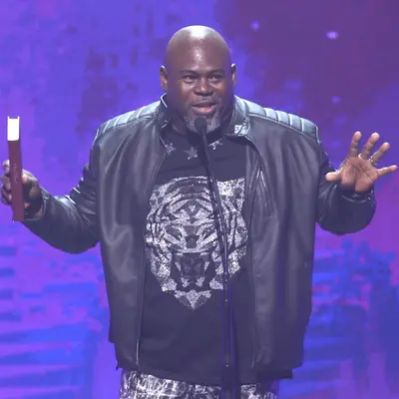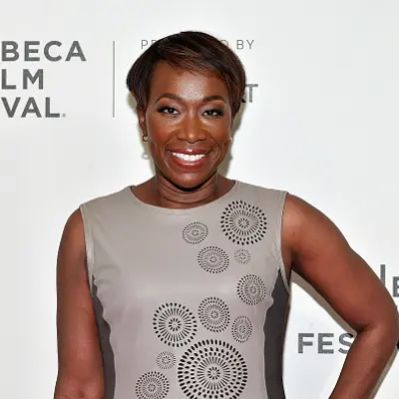What Was Stan Laurel’s Net Worth?
At the time of his death on February 23, 1965, Stan Laurel’s net worth was estimated to be $50,000. This figure reflects the financial realities of a comedic icon who, despite immense popularity and a prolific career, did not accrue substantial wealth during his lifetime. Laurel’s story is a testament to the complexities of the entertainment industry, where fame doesn’t always translate into fortune.
Early Life and Career Beginnings
Born Arthur Stanley Jefferson on June 16, 1890, in Ulverston, Lancashire, England, Stan Laurel’s early life was steeped in the theatrical world. His father, Arthur J. Jefferson, was an actor and theatre manager, while his mother, Margaret, was an actress. From a young age, Laurel was immersed in the vibrant atmosphere of the theatre, spending considerable time with his maternal grandmother and attending various schools during his formative years. Later, the family moved to Glasgow, Scotland, where he completed his education at Rutherglen Academy.
At the age of 16, Laurel made his stage debut at the Panopticon in Glasgow, marking the beginning of his journey into the world of performance. He honed his skills in pantomime and developed various sketches, laying the groundwork for his future comedic success. His early career saw him touring the Netherlands and Belgium in 1912 with Ted Desmond as part of the comedy double act known as the Barto Bros. Following this, he moved to the United States. He became a part of Fred Karno’s troupe, which also included Charlie Chaplin. After the troupe disbanded in 1914, Laurel collaborated with Edgar and Ethel Hurley to create The Keystone Trio, later forming the Stan Jefferson Trio with Alice and Baldwin Cooke.
The Rise of Laurel and Hardy
In 1921, Arthur Stanley Jefferson adopted the stage name Stan Laurel, a suggestion made by Mae Dahlberg, with whom he shared both a personal and professional relationship. This marked a pivotal moment in his career as he began to secure film roles. By 1924, Laurel had committed to working full-time in film, signing a contract with Joe Rock for twelve two-reel comedies. These films, including titles like “Mandarin Mix-Up,” “Somewhere in Wrong,” “Monsieur Don’t Care,” and “The Sleuth,” showcased his comedic talents and paved the way for his future success.
Between 1925 and 1927, Laurel received credit for directing or co-directing ten silent short films, even though he didn’t appear in any of them. Oliver Hardy, with whom he would later form his iconic comedic duo, starred in these shorts. The collaboration between Laurel and Hardy began in 1927 with several short films. Their on-screen chemistry and friendship quickly became apparent, captivating audiences and leading to the creation of the Laurel and Hardy series. Together, they produced a vast collection of short films, including “The Battle of the Century,” “Big Business,” and “Should Married Men Go Home?”. The duo successfully transitioned to talking films with “Unaccustomed As We Are” in 1929. Their first feature film appearance came in 1930, followed by the musical feature film “The Rogue Song” in 1931.
In 1932, their short film “The Music Box” won an Academy Award for Best Short Subject, a testament to their comedic brilliance and widespread appeal. Throughout the 1930s, Laurel engaged in a dispute with Hal Roach, the head of Roach Studios, which temporarily halted his collaboration with Hardy. The duo reunited in 1939 with the release of “A Chump at Oxford,” their first feature film following the resolution of the dispute. In 1941, Laurel and Hardy signed a contract with 20th Century Fox to produce ten films over five years. Subsequently, they signed another contract with Metro-Goldwyn-Meyer, resulting in two additional features.
In 1947, Laurel and Hardy embarked on a six-week tour of the United Kingdom, performing variety shows, including a performance for King George VI and Queen Elizabeth. The duo continued to work together throughout the 1940s and into the 1950s until Hardy’s death in 1957. Following Hardy’s death, Laurel retired from performing, reportedly devastated by the loss of his comedic partner. Despite his retirement, he remained dedicated to his fans, spending significant time responding to fan mail and engaging in phone conversations with them. He received a Lifetime Achievement Academy Award in 1961 and was honored with a star on the Hollywood Walk of Fame at 7021 Hollywood Blvd. A bronze statue of Laurel and Hardy was unveiled in his hometown in 2009. Their signature song, “Ku-Ku,” also known as “The Cuckoo Song,” or “The Dance of the Cuckoos,” played over their opening film credits.
Financial Struggles and Losses
Despite their global fame and the enduring popularity of their films, Stan Laurel and Oliver Hardy did not accumulate substantial wealth during their careers. They claimed that a significant portion of their earnings went to producers and managers who held ownership of their image and work. This arrangement left them with limited financial gains despite their immense contributions to the world of comedy. In Laurel’s case, his financial situation was further complicated by multiple divorces, which resulted in the loss of a significant portion of his fortune.
In his later years, Stan Laurel lived modestly in a small Santa Monica apartment. This stark reality highlights the discrepancy between his widespread fame and his limited financial resources. It serves as a reminder that success in the entertainment industry doesn’t always guarantee financial security, and that factors such as contracts, management, and personal circumstances can significantly impact an artist’s financial well-being. The specifics of Laurel’s divorce settlements are not widely publicized, but it’s understood that these legal proceedings contributed to the dissipation of his wealth. Information about specific investments or business ventures that Laurel may have engaged in is not readily available. His financial situation appears to have been primarily dependent on his earnings from his film and stage work, which were subject to deductions and distribution agreements with studios and managers.
Personal Life and Relationships
Stan Laurel’s personal life was marked by a series of relationships, including a long-term partnership with Mae Dahlberg from 1919 to 1925. Although they never married, Dahlberg played a significant role in Laurel’s life and career. She is credited with suggesting his stage name, Stan Laurel, which he adopted in 1921. Their relationship ended when Dahlberg accepted a one-way ticket back to her native Australia in 1925.
Following his relationship with Dahlberg, Laurel entered into a series of marriages. His first marriage was to Lois Neilson in 1926. Together, they had a daughter, Lois, born in 1927, and a son, Stanley, born in 1930, who tragically died just nine days after his premature birth. Laurel and Neilson divorced in 1935. In 1935, Laurel married Virginia Ruth Rogers, but their marriage ended in divorce in 1937. The following year, he married Vera Ivanova Shuvalova. The marriage was turbulent, and the couple separated in 1939, eventually divorcing in 1940. In 1941, Laurel remarried Virginia Ruth Rogers, but their second marriage also ended in divorce in 1946. Months later, he married Ida Kitaeva Raphael, and they remained married until Laurel’s death. There are no publicly available records of any real estate holdings by Laurel under his name, Laurel had been a heavy smoker for much of his life but quit around 1960. In February 1965, he suffered a heart attack and died while being treated by a nurse. His funeral was attended by friends and colleagues like Buster Keaton and Dick Van Dyke. He was interred in Forest Lawn-Hollywood Hills Cemetery.
The Legacy of Stan Laurel
Stan Laurel’s legacy extends far beyond his estimated $50,000 net worth at the time of his death. He and Oliver Hardy created a body of work that continues to bring laughter and joy to audiences worldwide. Their comedic timing, physical humor, and heartwarming camaraderie have solidified their place as one of the greatest comedy duos in the history of entertainment. Laurel’s contributions as a writer, director, and actor have left an indelible mark on the world of comedy. His influence can be seen in the work of countless comedians who have followed in his footsteps.
While Stan Laurel’s financial situation may not have reflected his immense talent and popularity, his artistic achievements and enduring legacy serve as a testament to his impact on the world of entertainment. The details of any posthumous earnings from Laurel and Hardy’s work are not publicly available. Generally, royalties and licensing fees from their films and associated merchandise would continue to generate income for their estates or whoever holds the rights to their work. However, specific financial figures related to these earnings are not typically disclosed. The success of Laurel and Hardy was not primarily due to endorsement deals or other commercial ventures. Their fame and fortune were built on their performances in films and on stage. In modern times, celebrities often supplement their income through various endorsements and business ventures. However, this was not the norm during Laurel and Hardy’s era.
 Net Worth Ranker
Net Worth Ranker












